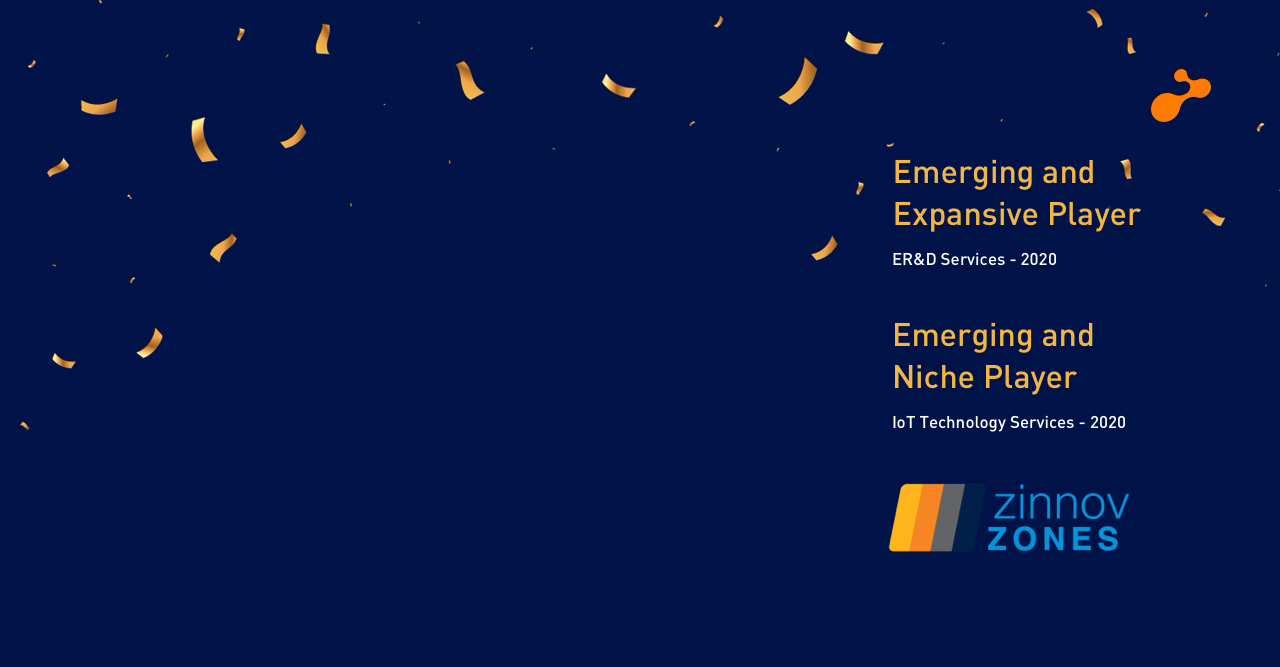Every design project is unique, and every project has its unique outcomes based on what eventual customer experience we are trying to create, having a good design checklist only ensures keeping on track and therefore delivering on that experience.
We have put together a guide for you that can be your design checklist. This guide will make it easier for you to manage your projects and workflow, collaborate among team members and ensure that everything is complete as planned.
We at e-Zest pride ourselves in helping our clients in their journey with us as their Digital Design partners. Just as its imperative that they enlighten and educate us on their domain and industry knowledge, it is important we do the same with respect to technology enablement and design.
1. Usability - user and usability is prime
Usability can be measured in various ways and metrics. Simply put, it is an outcome that is easy to learn, easy to use and easy to remember. Usable interfaces are an outcome of many stages of the design process viz. research, analysis, behavioural study, testing, feedback, iterative approach etc. We deploy various methodologies and processes, depending on the need and scope to make a product usable.
This step usually involves the key stakeholders, business analysts, researchers and designers.
2. Meaningful - making sense of every detail
Every pixel belongs to the creator (here a design team). So, everything put up on the screen needs to carry a meaning – the pixel gutter to icons size, colour, indent to everything that is on screen. We have to ensure that everything comes together –visuals, content, form and flow – to communicate meaning to the user. Here, every dot, every pixel has to communicate meaning. It has to make sense in the best possible way for the end user.
This step involves the designers, content writers, sometimes the marketing team as well.
3. Scalability - be ready for future
What we do today impacts tomorrow! As designers recommend a horizon vision of at least three to four years, anything beyond this is considered old and redundant. With technology evolving at the speed of light, we need to ensure our solutions cater to a foreseeable future. Hence, we design at scale keeping in mind a multitude of audience and devices.
All design we create must accommodate simple to medium level upgrades and changes in line with the evolution of needs and trends. It has to have the power to accommodate a scaling up to 2X as a thumb rule.
4. Uniformity - cohesive and consistent
No digital transformation today exists in isolation, it is aligned across departments. So, a cohesive experience isn’t a wish or a luxury anymore but has become the need. This cohesiveness could be through many things - colours, fonts, layouts, tone, voice etc. A robust and evolved design system enables us to strategize and create a visual language that is uniform across all channels and platforms.
5. Desirable - humans appreciate beauty
This is the most common yet the most complex element as far as design is concerned. The Visual Design or the surface layer of a product is something everyone is passionate about and thereby is subject to most opinions and scrutiny.
The first interaction of a user with the information system is with the look of it. Its eases the users and puts them in a comfort zone. This has an important role in the overall branding and behavioural positioning of the brand.
We at e-Zest pride ourselves in helping our clients in their journey with us as their Digital Design partners. Just as it is imperative that they enlighten and educate us on their domain and industry knowledge, it is important we do the same with respect to technology enablement and design.


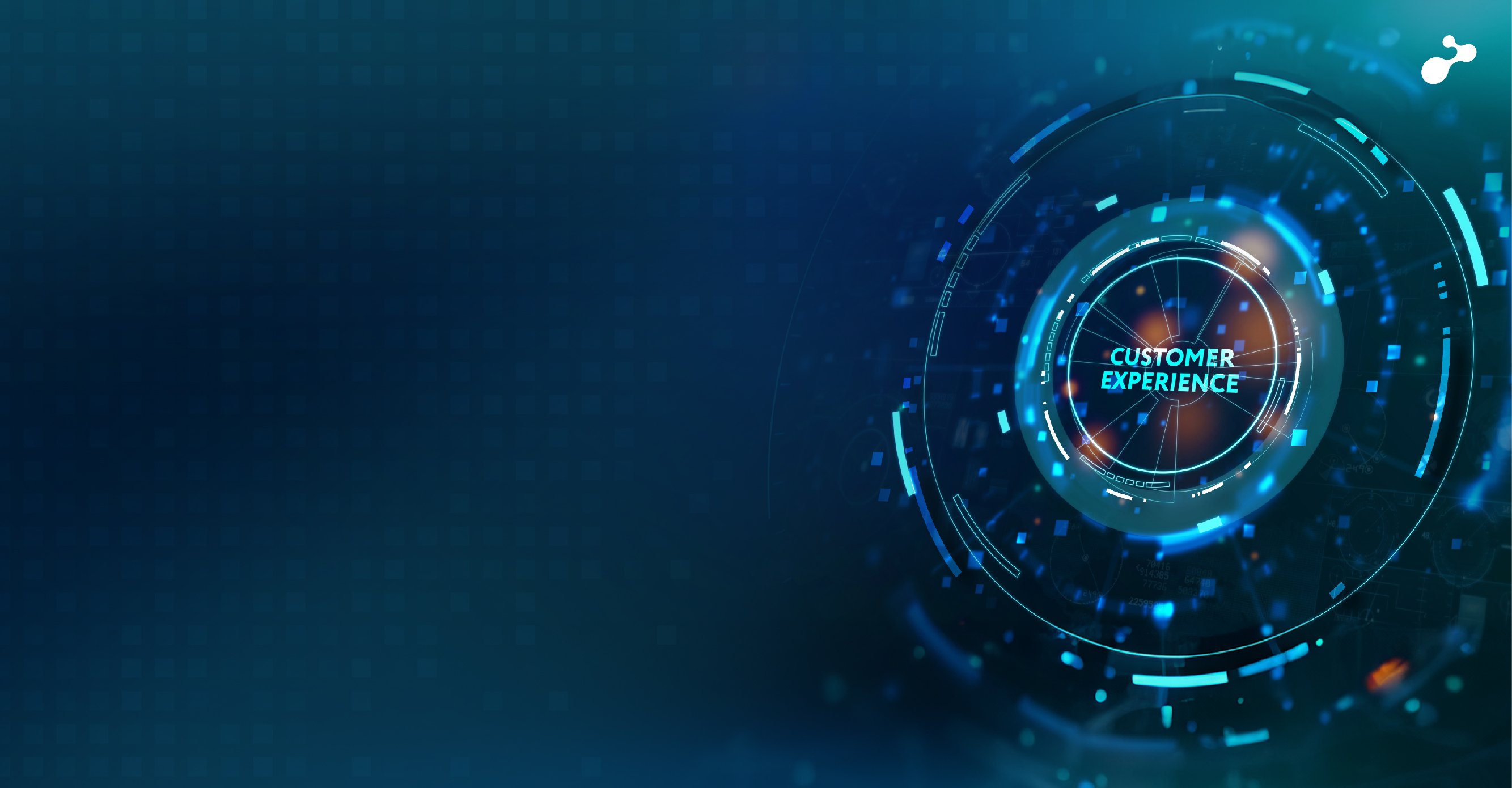
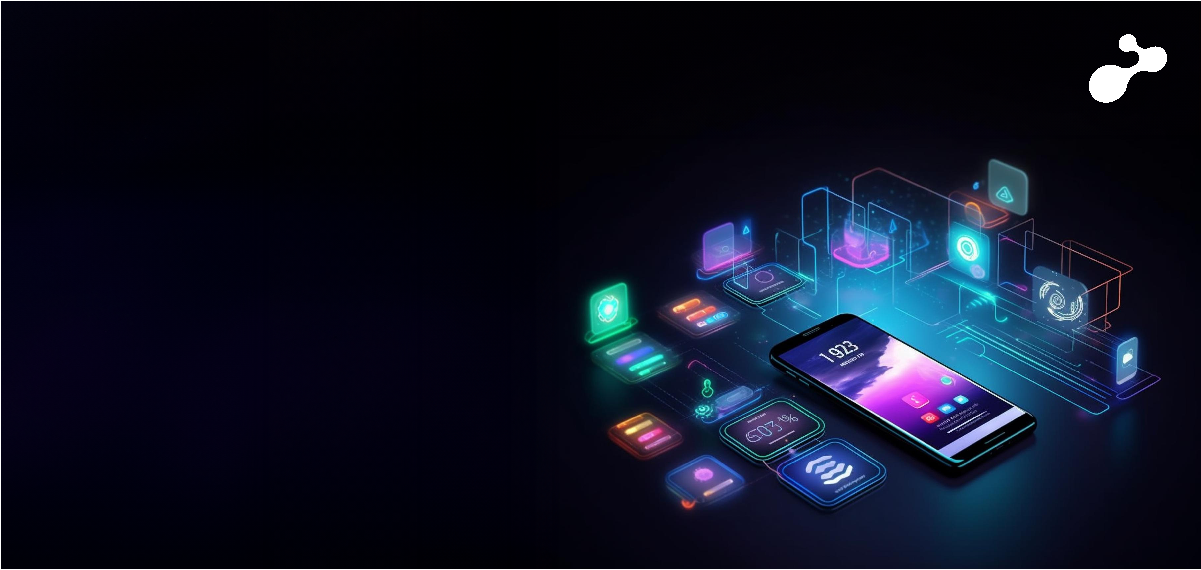
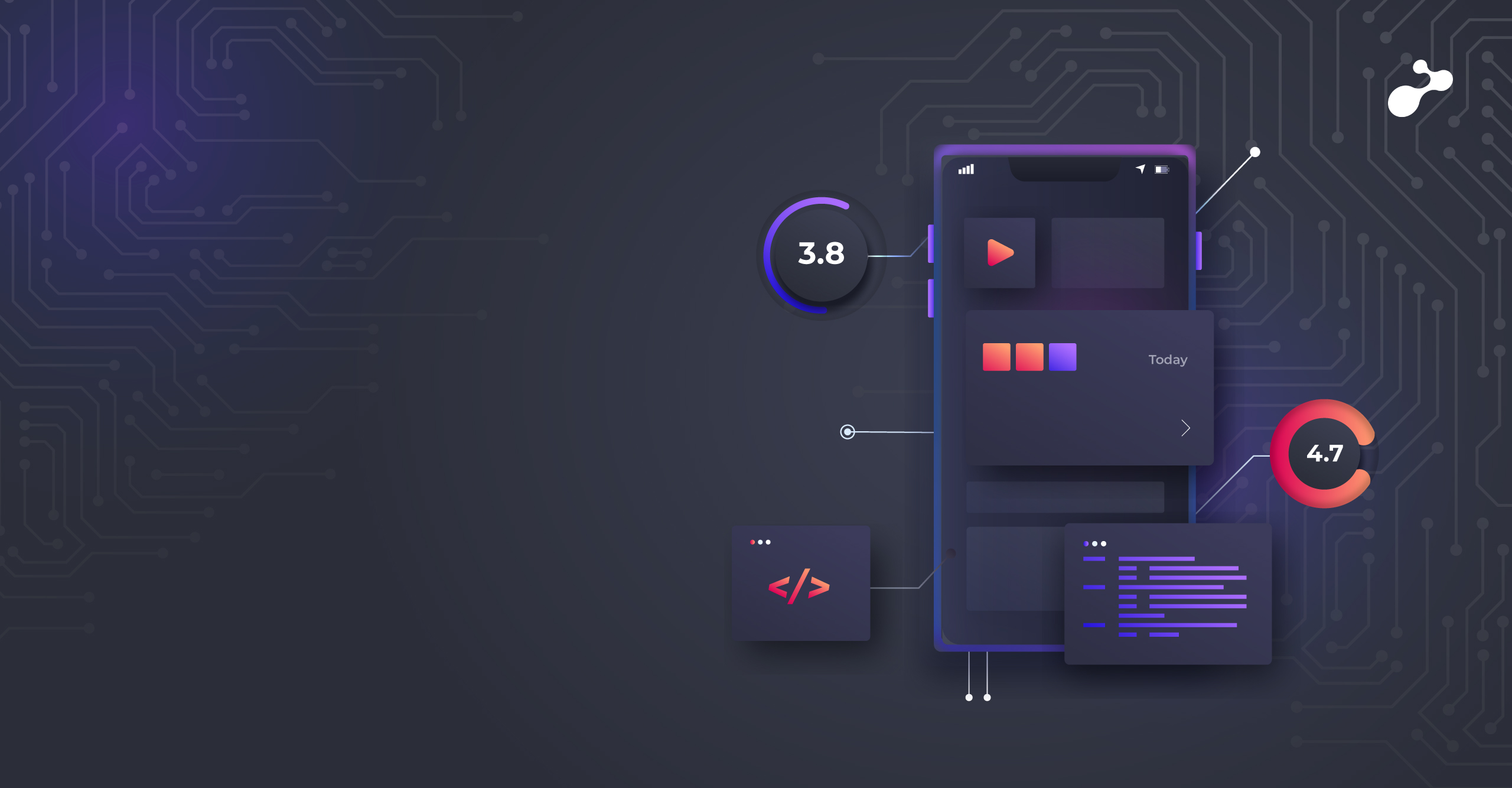
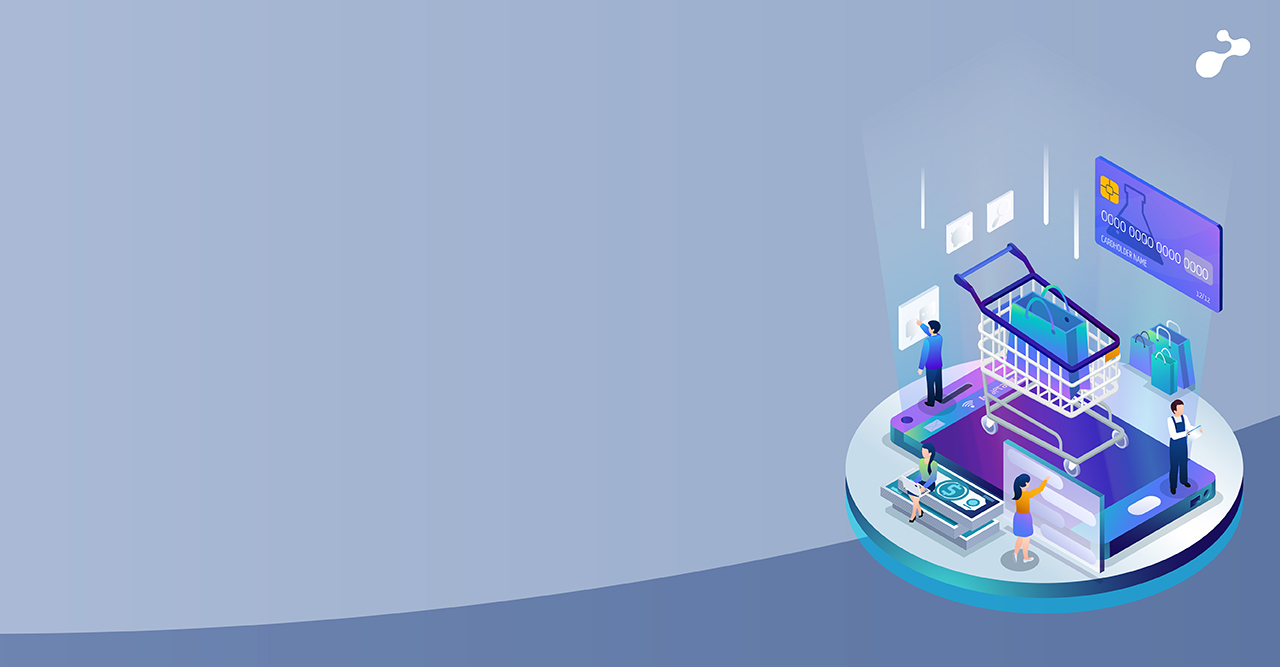
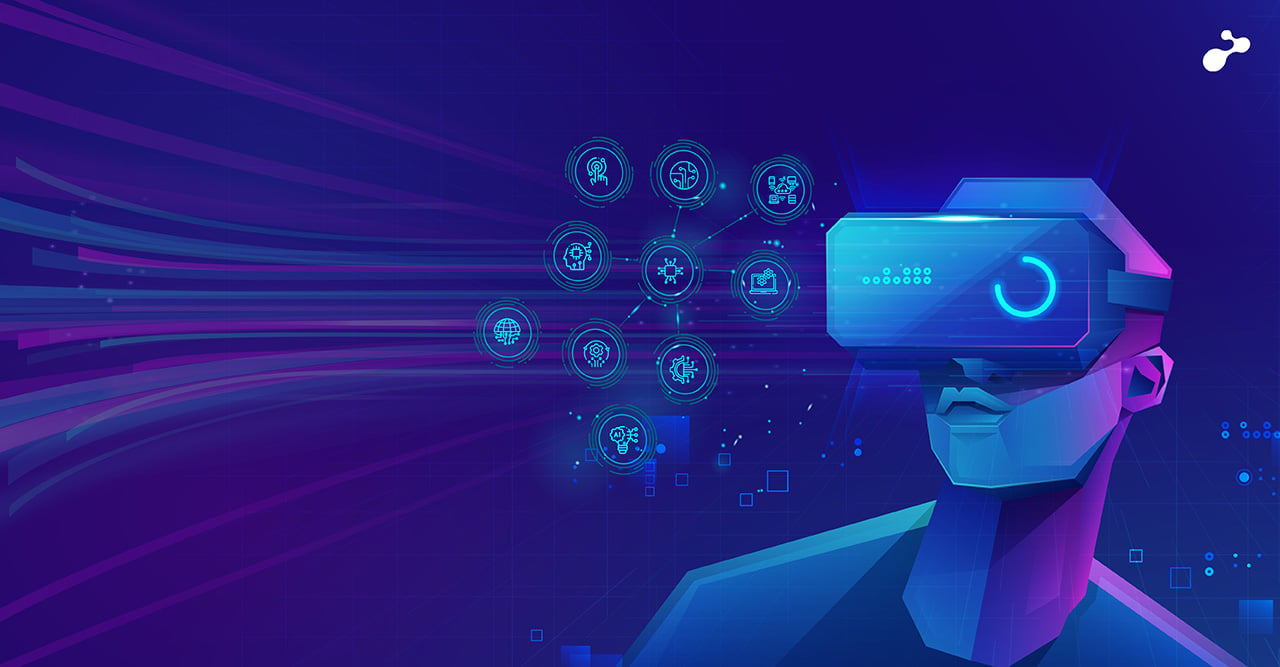
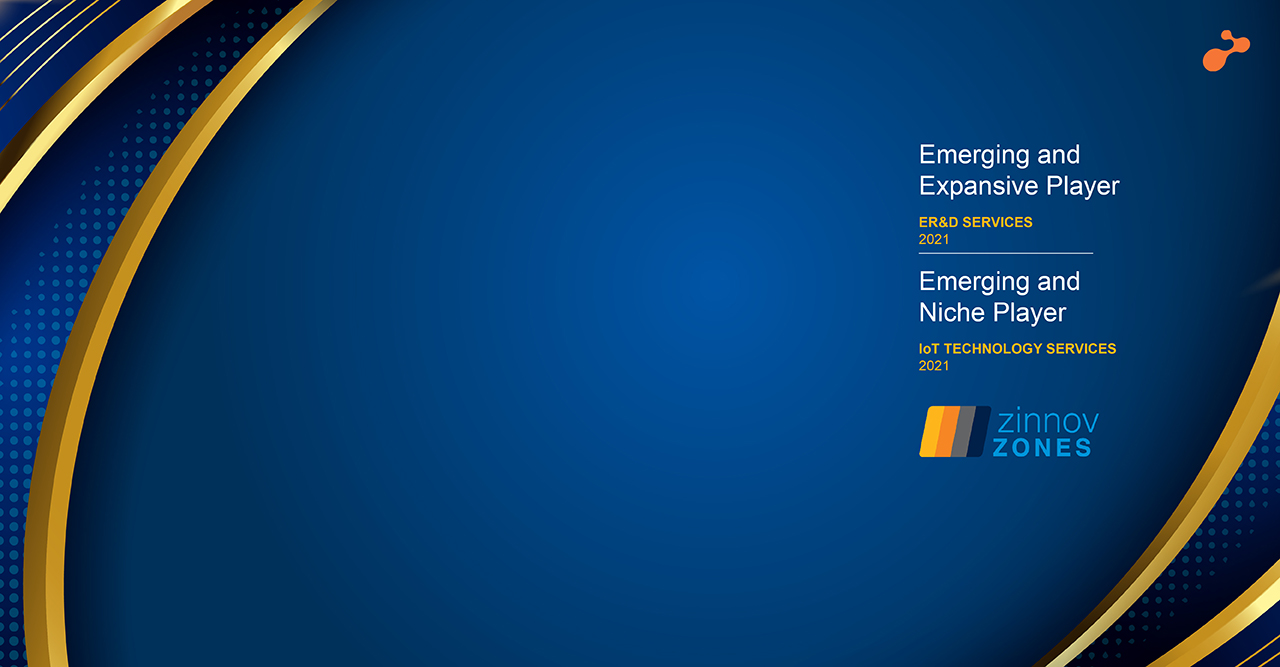
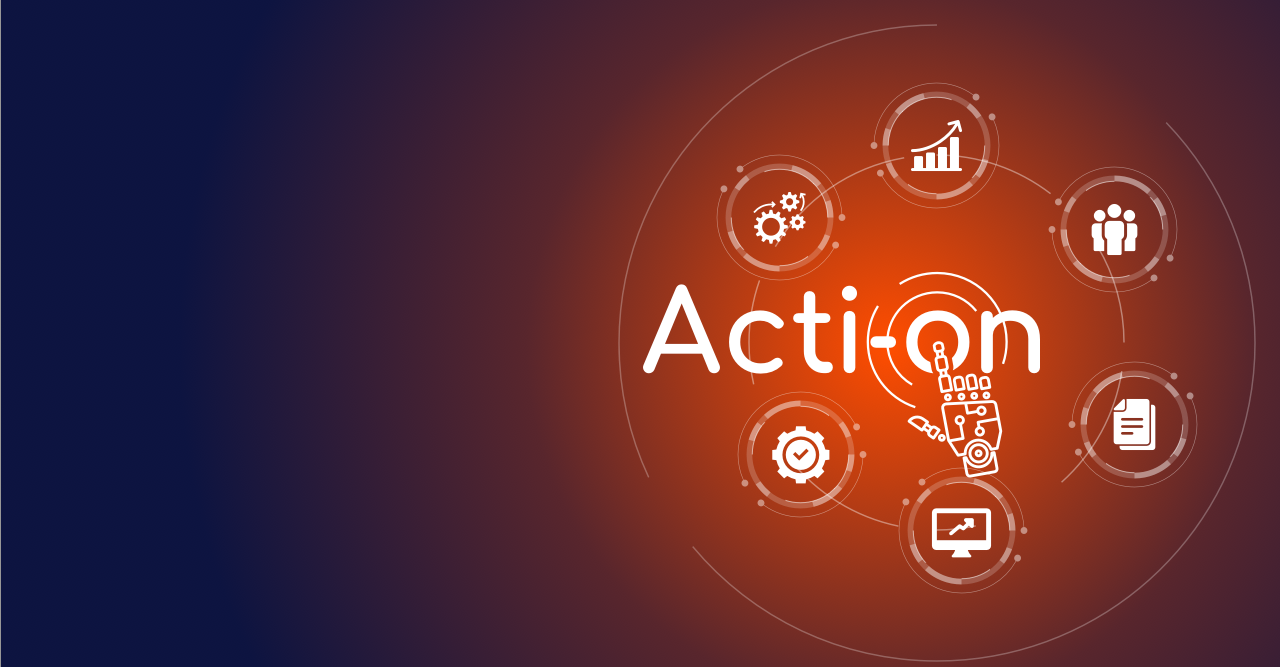
.jpg)
